16 pages • 32 minutes read
AnonymousWestern Wind
Fiction | Poem | Adult | Published in 1500A modern alternative to SparkNotes and CliffsNotes, SuperSummary offers high-quality Study Guides with detailed chapter summaries and analysis of major themes, characters, and more.
Literary Devices
Form and Meter
While the meter of this particular poem may vary depending on the version a reader analyzes, the form remains relatively consistent. This particular poem typically appears as a simple quatrain, meaning it consists of four separate lines. There is no sense of a set rhyme scheme, though there is a slight slant rhyme, meaning a near or a close rhyme, between the second and fourth lines with “rain” and “again” depending on the pronunciation of the words.
As for meter, the rhythm of the poem is rather inconsistent; there is no real identifiable pattern. The first line features three trochaic feet, meaning three units of a stressed syllable followed by an unstressed syllable. The first line also ends on a stressed syllable, leaving the final potential trochee incomplete: “Western wind, when will thou blow.” The second line features the most regular rhythmic pattern out of the four lines. It is written in iambic tetrameter, meaning that it contains four poetic units, or feet, of an unstressed syllable followed by a stressed syllable: “The small rain down can rain?” The third line begins with a stressed syllable with the exclamation of “Christ” and then has an irregular rhythm throughout the remainder of the line: “Christ! If my love were in my arms.
Related Titles
By Anonymous

Arabian Nights
Anonymous
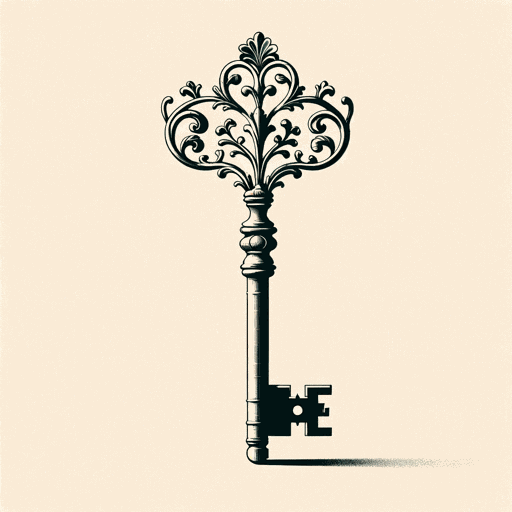
Arden of Faversham
Anonymous

A Woman in Berlin
Anonymous

Bible (New Testament): English Standard Version
Anonymous
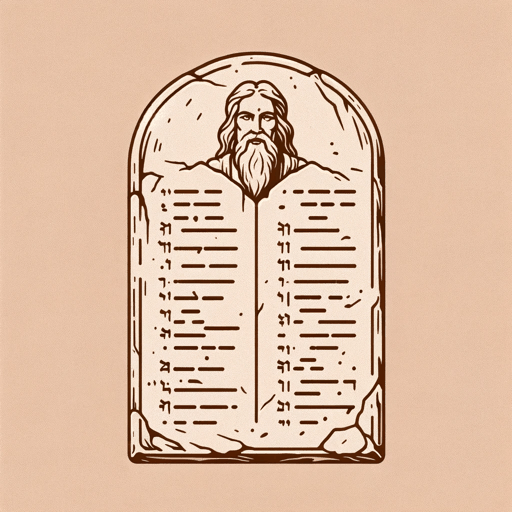
Bible: Old Testament: English Standard Version
Anonymous

Deuteronomy
Anonymous

Diary of an Oxygen Thief
Anonymous

Do Not Stand at My Grave and Weep
Anonymous
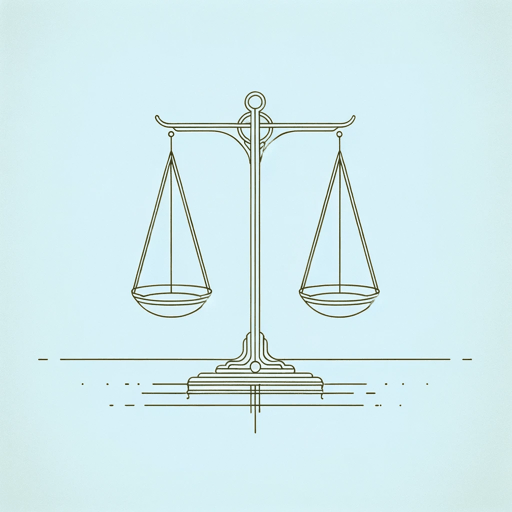
Everyman
Anonymous

Hebrew Bible
Anonymous

Holy Bible
Anonymous

Homeric Hymns
Anonymous
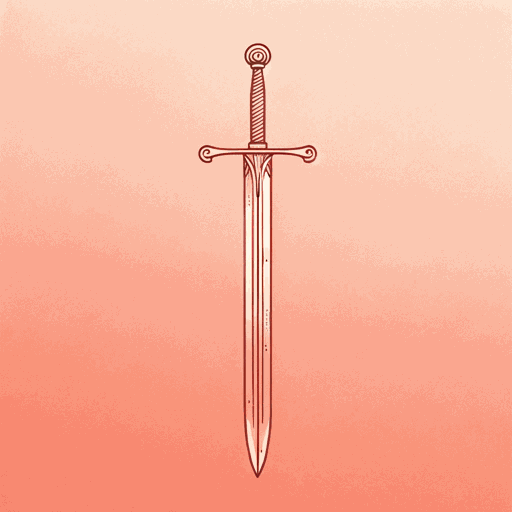
Judith
Anonymous

Laxdaela Saga
Anonymous
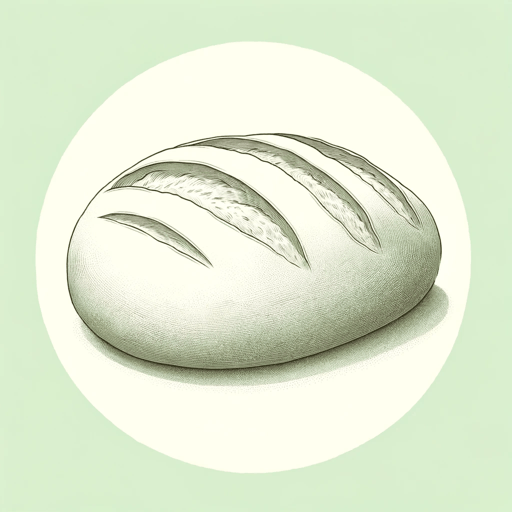
Lazarillo De Tormes
Anonymous

Mahabharata
Anonymous
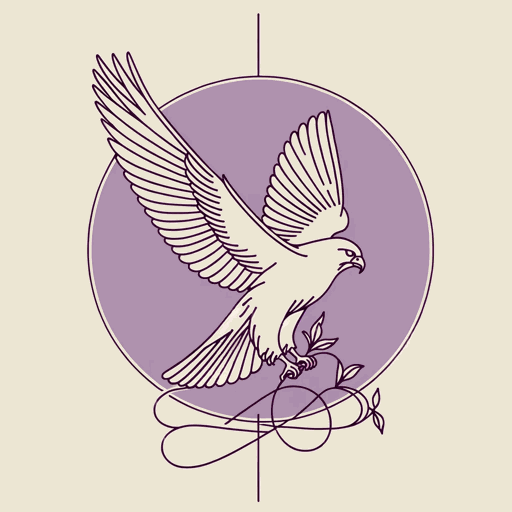
Nibelungenlied
Anonymous

Njals Saga
Anonymous

One Thousand and One Nights
Anonymous
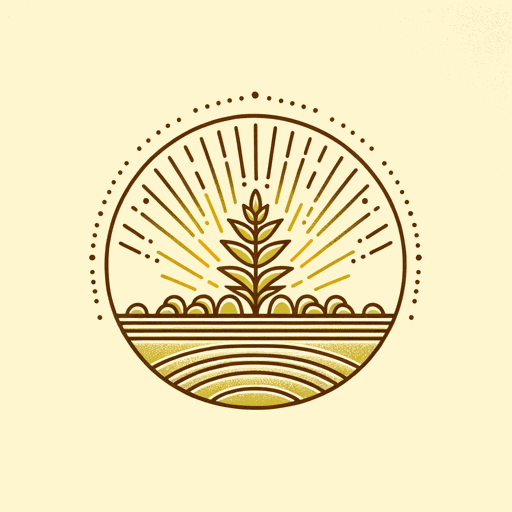
Popol Vuh
Anonymous

